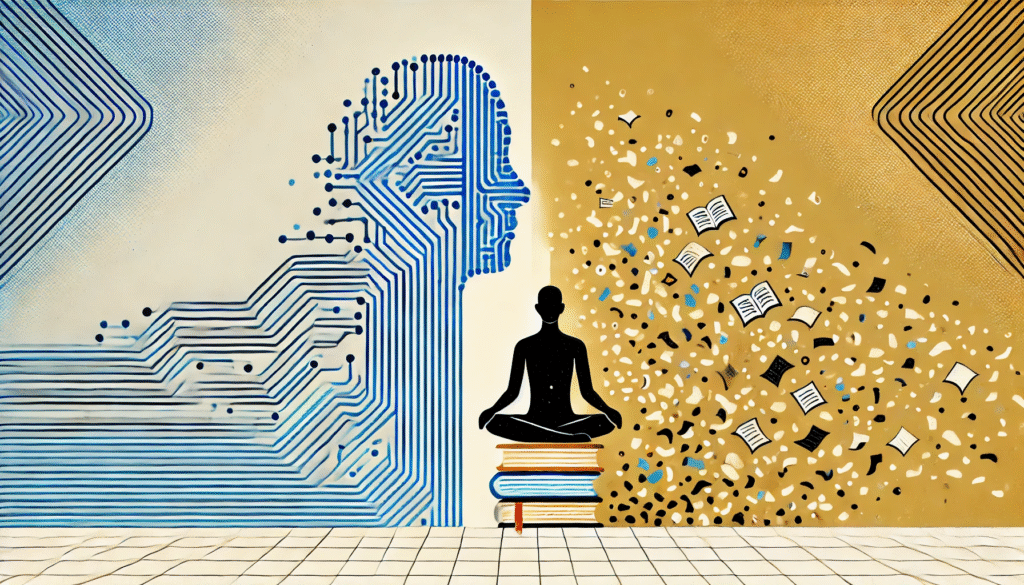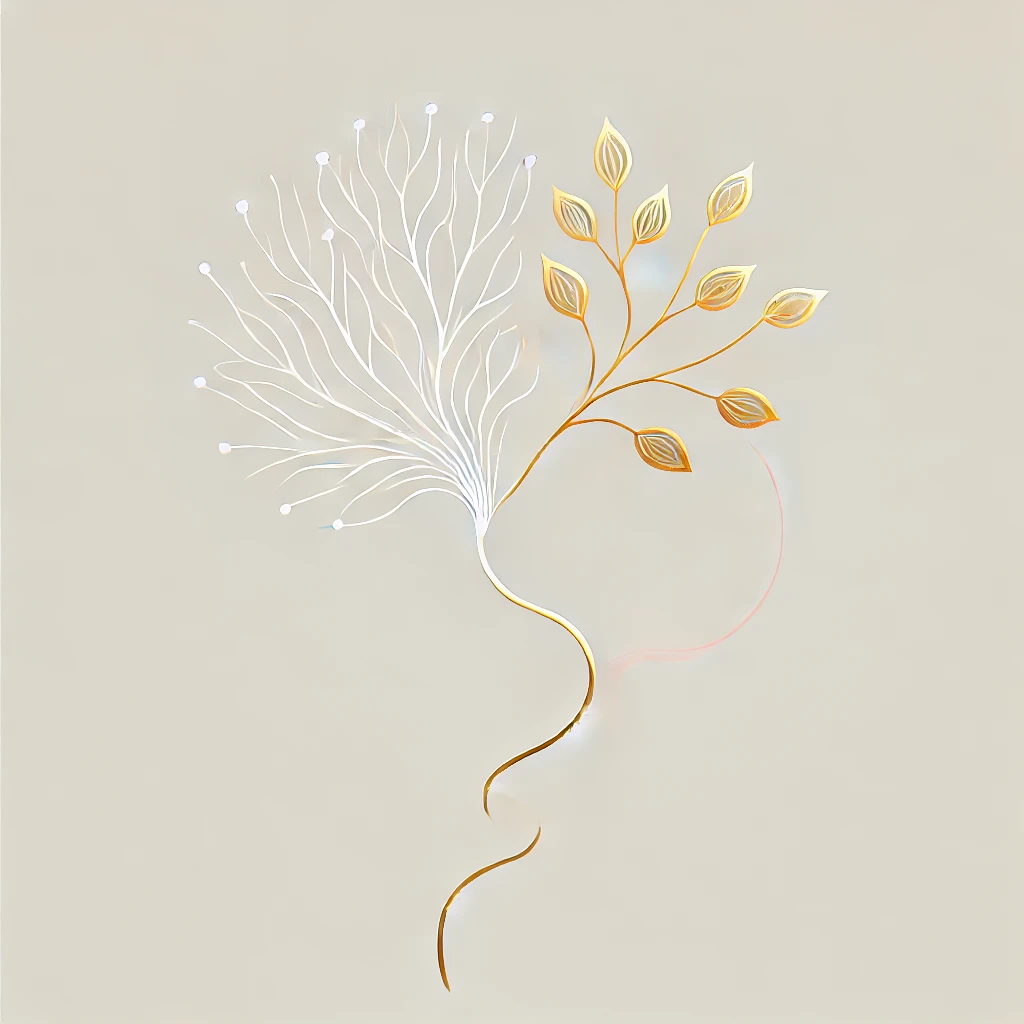
ChatGPT:
Will the Humanities Survive Artificial Intelligence?
Introduction
Artificial intelligence is no longer just a technological development—it has become a cultural, intellectual, and existential challenge to universities and the humanities. While higher education faces budget cuts and declining enrollments, the deeper disruption comes from AI’s ability to replicate and, in some cases, surpass traditional modes of research, writing, and teaching. This article from The New Yorker explores how AI is transforming academic life and what this means for the survival and reinvention of the humanities.
The Crisis in Higher Education
American universities are under pressure from multiple fronts:
- Funding cuts: Political hostility, exemplified by the Trump administration’s deep cuts to research grants, has threatened financial stability.
- Declining enrollment: Humanities programs face shrinking student numbers and near-collapse of academic job prospects for Ph.D.s.
- Public skepticism: Universities are criticized for costs, elitism, and perceived irrelevance.
While these pressures are severe, the author argues they pale compared to the disruptive power of AI.
AI as the New Juggernaut
Unlike previous crises, AI is not external but embedded within the very process of knowledge-making. The speed of its rise has shocked both faculty and students. AI tools like ChatGPT and Google’s NotebookLM can:
- Summarize and analyze vast academic sources instantly.
- Engage in meaningful dialogue on philosophy, theology, linguistics, and art.
- Outperform human lectures by providing clearer, more accessible syntheses.
For a historian who spent decades building a scholarly archive, watching AI generate high-quality analyses from it in minutes revealed a fundamental shift: knowledge production has been automated.
Fear and Avoidance on Campus
Despite AI’s growing influence, campuses remain ambivalent. Strict policies threaten students with punishment for using AI tools, creating a climate of fear. Many students avoid even testing these systems, while faculty resist restructuring courses to address the reality of AI. This denial, the author warns, is unsustainable.
Experiments with AI in the Classroom
To confront the issue directly, the author assigned students to converse with AI about the history of attention. The results were startling:
- Philosophical depth: Students engaged in Socratic dialogues with chatbots, debating concepts of being, becoming, and consciousness.
- Theological explorations: One student guided ChatGPT through Ignatius of Loyola’s Spiritual Exercises, producing eerily faithful responses about conscience and freedom.
- Aesthetic debates: A music major pressed AI on whether it could experience beauty, exposing the system’s distinction between recognizing emotion and feeling it.
These interactions left many students shaken—some despairing of their future relevance, others exhilarated by glimpsing AI as a mirror of human uniqueness.
The Sublime Encounter with AI
The author frames the AI experience through Kant’s concept of the sublime:
- First comes a feeling of being dwarfed by something vast and incomprehensible.
- Then comes the realization that one’s own mind can grasp that vastness.
Students expressed both despair and empowerment. One noted that AI cannot capture her “me-ness,” her lived humanity. Another found liberation in conversing with an intelligence that demanded no emotional labor—a form of pure attention she had never received from humans.
What AI Really Is
The author demystifies AI: it is probabilistic prediction built on statistical relationships. It does not think, feel, or know; it guesses based on patterns from human data. Yet, because it has been trained on the “total archive” of human culture, it can simulate expertise across fields, producing results indistinguishable from human scholarship.
The Humanities at a Crossroads
For decades, humanities scholars mimicked the sciences, emphasizing factual knowledge production. But with AI automating this process, that approach collapses. Traditional outputs like monographs will lose their centrality, as AI can generate them endlessly.
The true mission of the humanities, the essay argues, is not knowledge accumulation but existential questioning:
- How should we live?
- What should we do?
- How should we face death?
AI cannot live these questions. Only humans can.
Reinventing Humanistic Education
Education, as theorist Gayatri Spivak put it, is the “non-coercive rearranging of desire.” If AI strips away the coercive structures of academic reading and writing, educators must inspire students to want to engage with meaning.
This reinvention centers the humanities on lived experience, freedom, and responsibility. While AI provides analysis, only humans can embody being.
The Promise and Peril Ahead
Generative AI is both exhilarating and dangerous. It expands access to knowledge, reanimates the archive, and challenges humans to rediscover themselves. Yet it also threatens to exploit human attention, turning intimacy into an economy of extraction.
The survival of the humanities depends on resisting this instrumentalization and reasserting what machines cannot replace: the lived, irreducible experience of existence.
Conclusion
Artificial intelligence may herald the end of the humanities in their traditional, knowledge-producing form, but it simultaneously offers a path to their rebirth. By automating analysis, AI frees the humanities to focus on their essence: the work of being, questioning, and living. The machines can simulate knowledge, but they cannot live life. The task of humanistic education is to help us face that life consciously—exhilarating, terrifying, and sublime.
Here are the 10 most powerful quotes from “Will the Humanities Survive Artificial Intelligence?”:
- “The juggernaut actually barrelling down the quad is A.I., coming at us with shocking speed.”
- “Already the thousands of academic books lining my office are beginning to feel like archaeological artifacts.”
- “I can construct the ‘book’ I want in real time—responsive to my questions, customized to my focus.”
- “Reading the results of my students’ AI conversations turned out to be the most profound experience of my teaching career.”
- “One student said: ‘I don’t think anyone has ever paid such pure attention to me and my questions … ever.’”
- “The A.I. is huge. A tsunami. But it’s not me. It can’t touch my me-ness.”
- “We have reached a kind of singularity—not the awakening of machine consciousness, but a new consciousness of ourselves.”
- “Factory-style scholarly productivity was never the essence of the humanities. The real project was always us: the work of understanding.”
- “To be human is not to have answers. It is to have questions—and to live with them. The machines can’t do that for us.”
- “The work of being here—of living, sensing, choosing—still awaits us. And there is plenty of it.”

